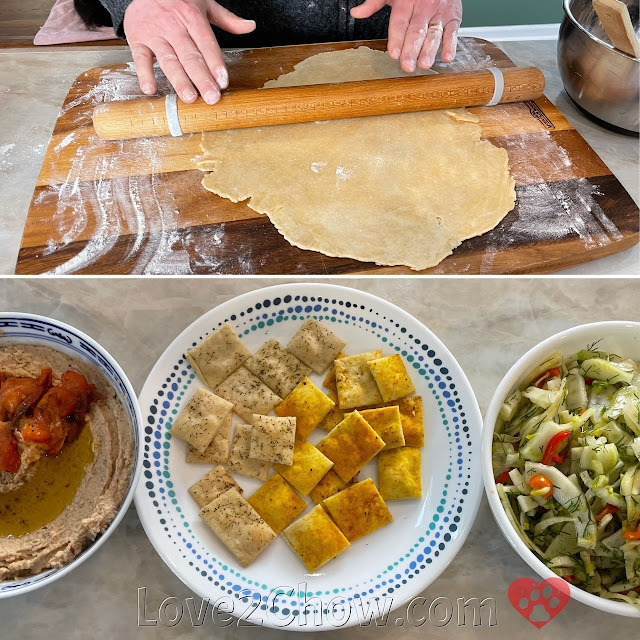The Farm & Forage Dinners at Lost Creek Farm are truly an unforgettable experience. After bumping and jostling down a narrow gravel road, you emerge into another world -- a gracious warm-white farmhouse, lit by the angled rays of the setting sun that transform into strings of fairy lights. Chef Mike Costello and Chef Amy Dawson and staff work their magic for a seamlessly perfect evening filled with easy-going camaraderie, cultural education, and a series of creatively interpreted dishes based in local traditions and heritage flavors. Not only is each dish delicious, but also each story and each bite form interwoven connections that build in a culinary crescendo before descending gently for a perfect, lightly sweet landing. We are already strategizing our return next year...
 |
| 1880's farmhouse with cider making to the left |
 |
| Lou's ravioli : roasted chicken : turnips several ways : brown butter |
Farm & Forage Dinners
Course I
 |
| Clockwise from left: Communion wafer with smoked ham & pepper chow chow, Communion wafer with Bourbon sage apple butter & farmer's cheese, salt-rising toast with head cheese |
Course II
Course III
Course IV
Course V
 |
| Salt-cured trout croquette and cross section. Lower right: pickled zucchini and a sweet-spicy cucumber pickle |
Course VI
Good-byes
Things to do on the way there and back again
All Rights Reserved. Contact admin@love2chow.com for permissions.






























0 comments